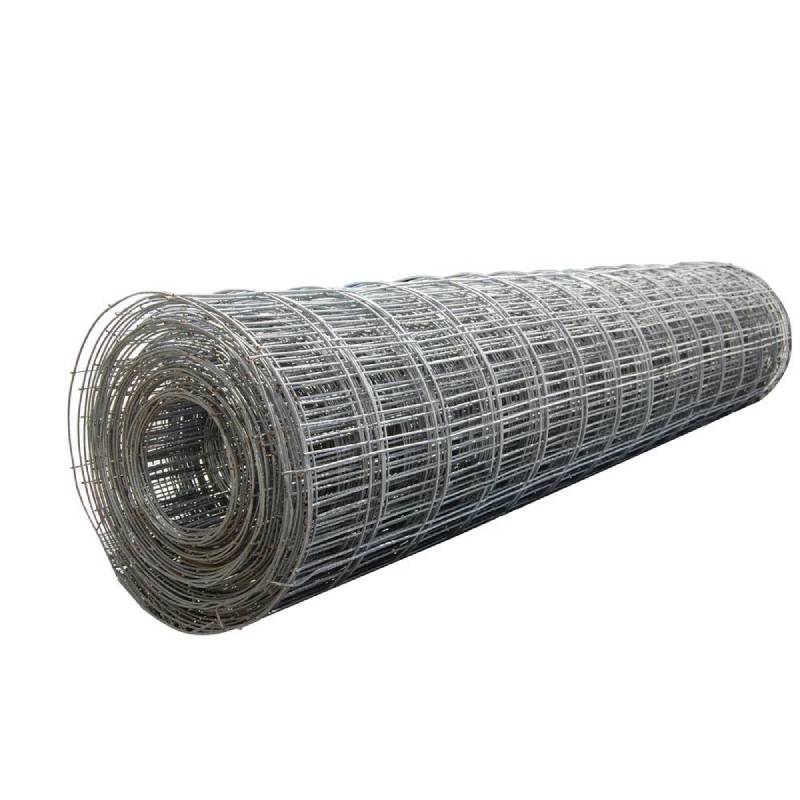
- Mobile Phone
- +8613931874955
- sales@cntcmetal.com
floral wire for wreaths
The Versatility of Floral Wire for Wreaths A Detailed Guide
Creating beautiful wreaths has become a popular craft, allowing people to express their creativity while adding a personal touch to their home decor. One of the essential materials in wreath-making is floral wire. This versatile tool is crucial for securing elements together and ensuring that your design holds up over time. Understanding the different types of floral wire and how to use them can elevate your wreath-making skills significantly.
What is Floral Wire?
Floral wire is a thin, flexible wire used in floral arrangements to support and secure flowers, foliage, and other decorative elements. It comes in various gauges, colors, and types, each suited for different purposes. When it comes to wreath-making, the most commonly used types of floral wire are green, which blends seamlessly with greenery, and heavier-gauge wire that offers more support for bulky items.
Types of Floral Wire
1. Gauge The thickness of the floral wire is measured in gauges, with lower numbers indicating thicker wire. For making wreaths, a 20-gauge wire is often used for heavier materials, while a 24-gauge wire can be suitable for lighter embellishments. Choosing the right gauge is vital; if your wreath is heavy and features larger items, opt for a thicker wire for stability.
2. Coated vs. Uncoated Floral wire can be coated (often green or brown) or uncoated. Coated wire blends well with natural materials, making it ideal for wreaths featuring foliage and flowers. Uncoated wire is usually silver and may be better suited for industrial-themed or minimalist designs.
3. Colored Wire Some crafters like to use colorful wire to add a unique flair to their wreaths. This type can add texture and visual interest, particularly in seasonal designs such as vibrant spring flowers or festive holiday motifs.
How to Use Floral Wire in Wreath-Making
floral wire for wreaths

Using floral wire in your wreath-making process is straightforward but requires some techniques to ensure durability and aesthetics. Below are a few steps to guide you through
1. Gather Your Materials Aside from floral wire, gather your wreath base (such as a straw, foam, or grapevine base), flowers, greens, and any decorative items you wish to include (like ribbons, ornaments, or berries).
2. Cut and Prepare Wire Cut lengths of floral wire based on your needs. A good rule of thumb is to cut a piece that is approximately 12 inches long; this should provide enough length to secure items adequately.
3. Secure the Base Start by attaching larger branches or foliage to your wreath base. Use the floral wire to wrap around the branches and the base, twisting tightly to ensure everything is secure. If the branches are thick, consider using a sturdier gauge wire.
4. Add Flowers and Decorations As you add flowers and other decorative elements, continue to use the floral wire to secure each piece. Thread the wire through the stems of the flowers or the bases of decorations, and wrap it around your wreath frame, ensuring a tight hold. Be mindful of the design; periodically step back to assess the overall composition and make adjustments as needed.
5. Finishing Touches Once all elements are secured, cut any excess wire and tuck in sharp ends to prevent scratches. You can also finish your wreath with a bow or other embellishments to add the final touch.
Conclusion
Floral wire is an indispensable tool in the wreath-making process. Its versatility and strength allow for a wide range of designs, from delicate to bold. As you experiment with different types and techniques, you'll discover how this simple material can make a significant difference in the quality and longevity of your creations. Whether you're crafting seasonal wreaths or year-round decorations, mastering the use of floral wire will elevate your projects and unleash your creativity. Happy crafting!
share:
-
Why Sacrificial Formwork Is Redefining Underground ConstructionNewsJun.06,2025
-
The Structural Dynamics of Modern Concrete: How Snake Spacers Revolutionize Flexible ReinforcementNewsJun.06,2025
-
Snake Spacers Smart-Lock Concrete Reinforcement with Surgical PrecisionNewsJun.06,2025
-
Snake Spacers: Reinforcement Precision for Modern Concrete ProjectsNewsJun.06,2025
-
Snake Spacers Powering Concrete's Structural DNANewsJun.06,2025
-
Slither into Success: Snake Spacers' Precision Bite for Unbreakable ReinforcementNewsJun.06,2025
-
Sacrificial Formwork: Building Stronger, Faster, and Safer StructuresNewsJun.06,2025



















